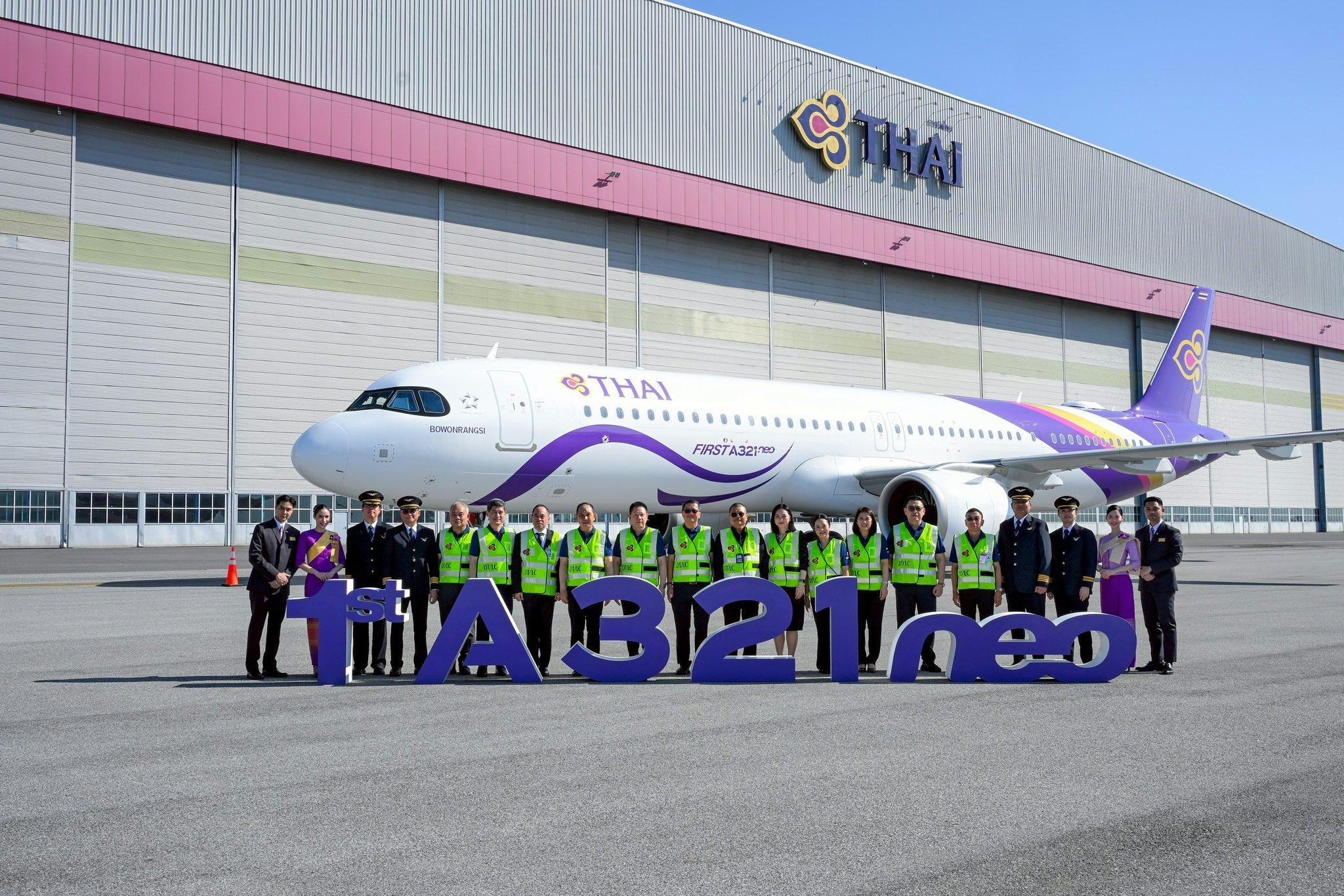
AeroGenie – Ihr intelligenter Copilot.
Trends
Categories
Aviation Authority Refutes MP's Runway Intrusion Claim, Cites Radar Malfunction
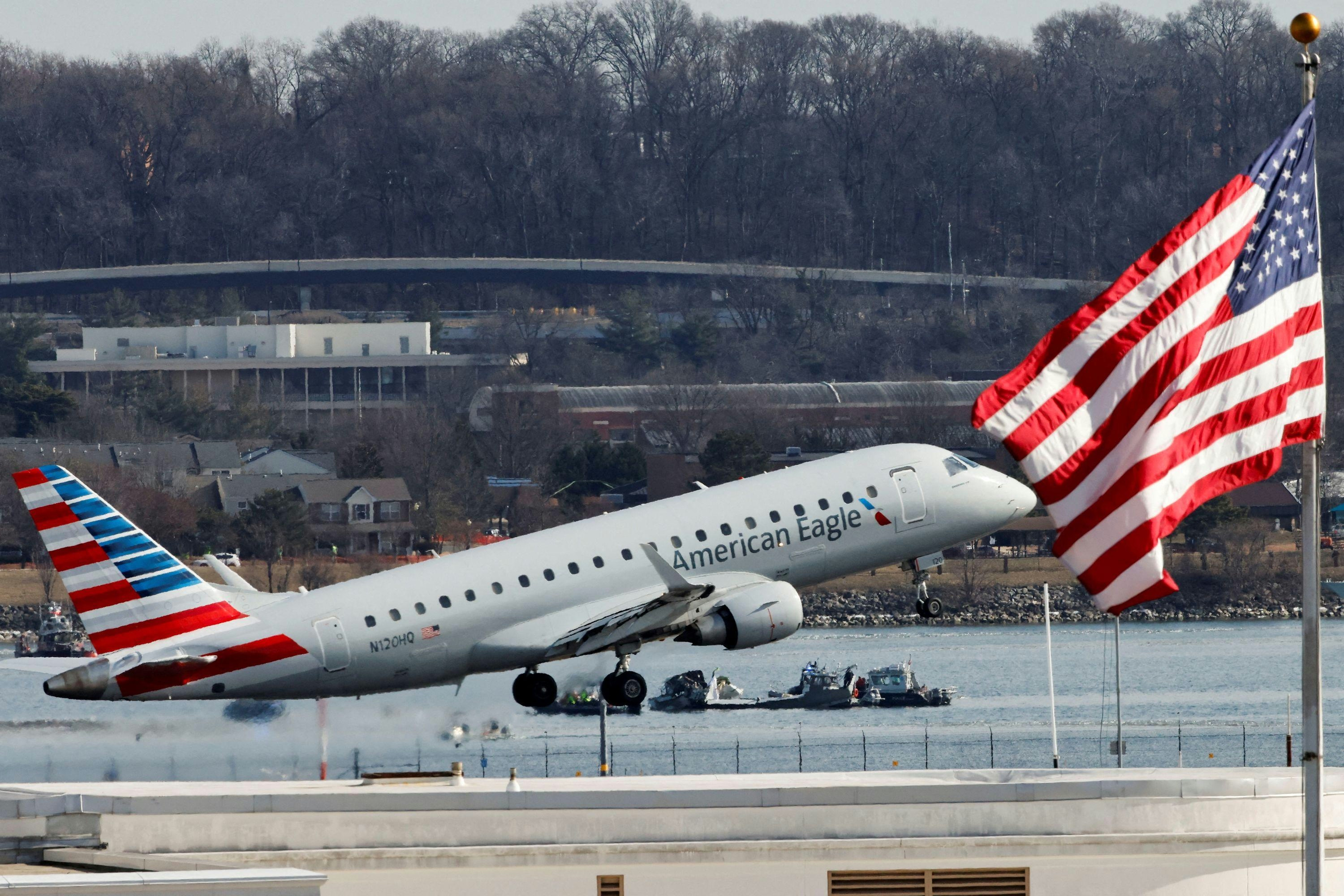
Aviation Authority Denies Runway Intrusion Allegation, Attributes Diversion to Radar Malfunction
The Directorate General of Civil Aviation (DGCA) has categorically rejected claims made by Congress MP KC Venugopal regarding a runway intrusion involving Air India flight AI 2455. The authority clarified that the aircraft’s diversion on August 10 was due to a suspected malfunction in the weather radar system, rather than the presence of another plane on the runway as alleged by the MP.
Flight Details and Incident Overview
The Airbus A320 (VT-TNL) was scheduled to depart from Thiruvananthapuram to Delhi at 7:15 pm but experienced a 49-minute delay caused by the late arrival of its inbound flight. Shortly after takeoff, the flight crew encountered moderate turbulence and suspected that the weather radar was providing inaccurate data. Treating this as a potential technical fault, the pilots decided to divert the flight to Chennai as a precautionary measure.
To manage the aircraft’s landing weight safely, the crew, with clearance from air traffic control (ATC), circled 25 nautical miles northeast of Chennai for 43 minutes. At 10:19 pm, as the flight was cleared to approach Runway 25, Chennai ATC instructed a go-around following a report from a departing Gulf Air flight of debris on the left side of the runway. An apron control team promptly inspected the area but found no debris. The Air India flight subsequently landed safely at 10:39 pm.
Post-flight engineering inspections revealed no defects in the aircraft, although the weather radar transceiver was replaced as a precaution. The DGCA emphasized that both the diversion and the go-around were precautionary responses to the suspected radar malfunction and prevailing weather conditions, not the result of any runway incursion.
Political Claims and Industry Context
MP KC Venugopal, who was aboard the flight along with four other MPs, described the event as a “narrow escape,” alleging that another aircraft was present on the runway during the initial landing attempt. He called for an official inquiry, stating, “It was announced by the pilot that there was another aircraft on the runway. I spoke to DGCA as well. Let them have an inquiry. Air India is lying.” Air India has firmly denied these allegations, reiterating that the incident was unrelated to any runway intrusion.
This episode comes amid intensified scrutiny of aviation safety protocols in India, particularly following a recent fatal crash in Ahmedabad. The incident has heightened regulatory pressure on airlines and authorities to review and potentially upgrade weather radar systems and other safety technologies. Market analysts observe that such events can raise investor concerns about operational reliability, while competitors may leverage the situation to underscore their own safety standards and reassure stakeholders.
The DGCA’s prompt clarification seeks to address public and political apprehensions, yet the incident has sparked wider discussions regarding the adequacy of current safety measures and the necessity for technological improvements across the Indian aviation sector.
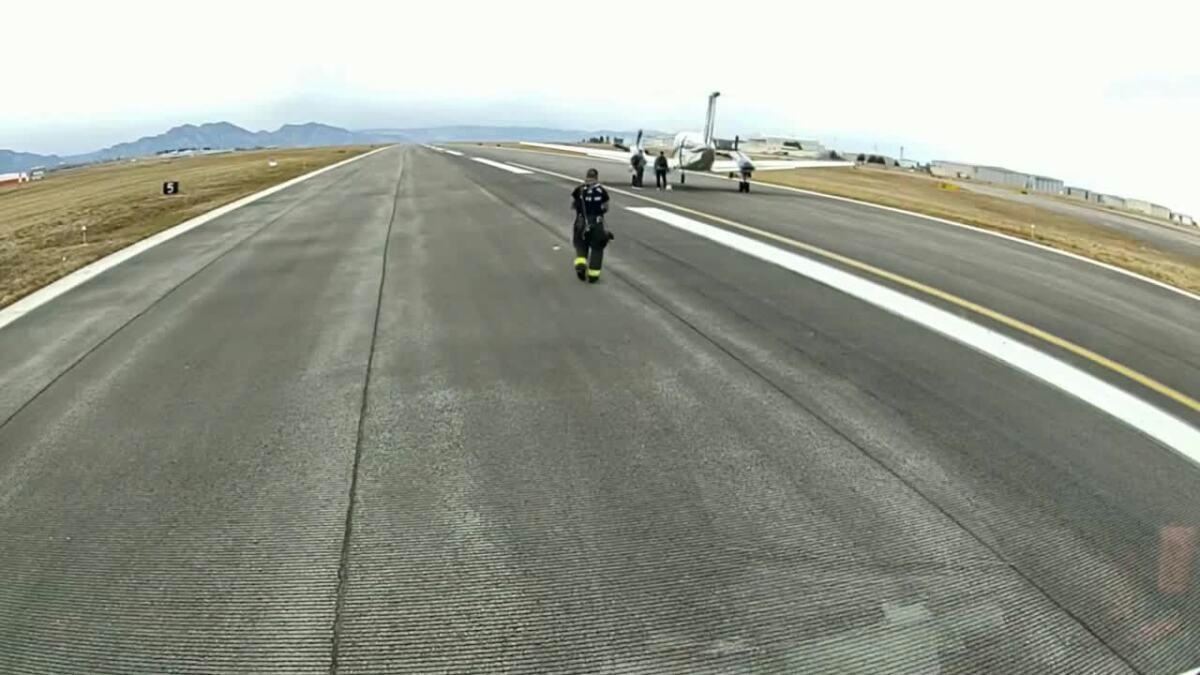
Garmin Autoland Enables First Real-World Emergency Automated Landing

Phoenix to Join Major U.S. Cities in Adopting New Travel Technologies by 2026

Ethiopian Airlines Introduces Full Strip-and-Paint Process for Airbus A350-900 Fleet

Airlines with the Largest Airbus A350 Fleets in 2026
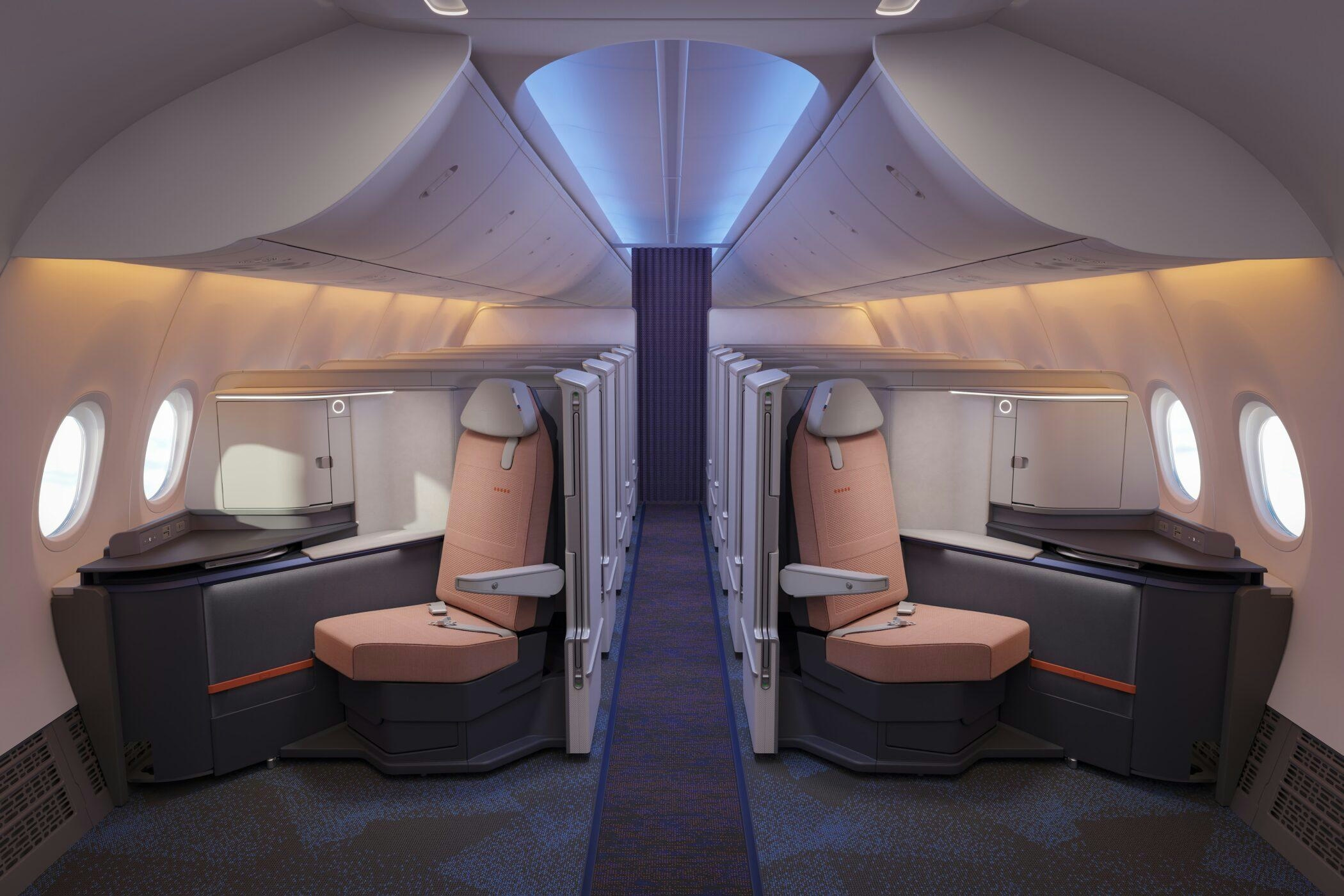
Saudia Introduces New Business Class on Airbus A321XLR

Etihad Airways Wins Over 25 Awards at 2025 Global Travel Ceremony
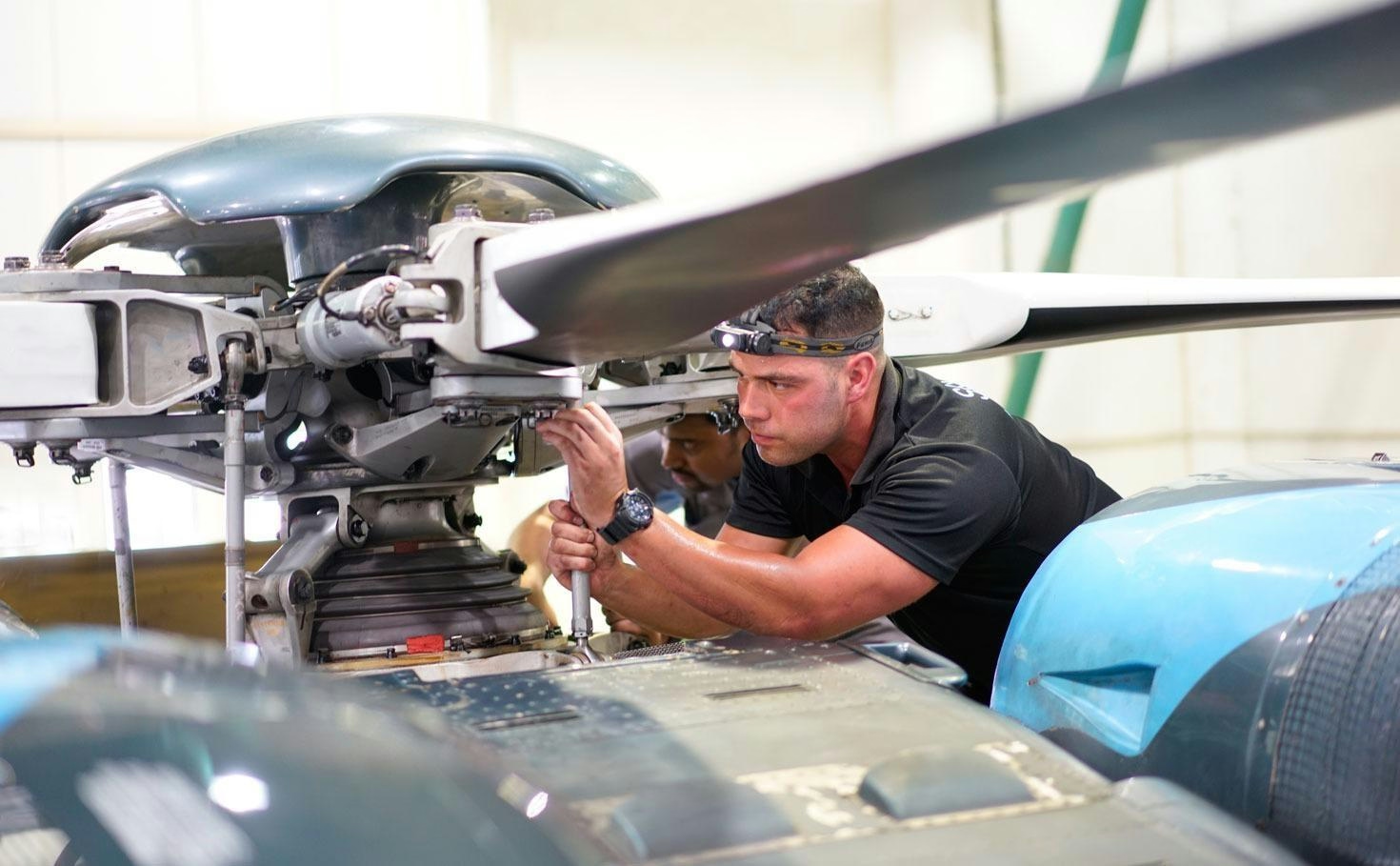
Companies Producing Diesel Airplane Engines Face Questions About Safety and Performance
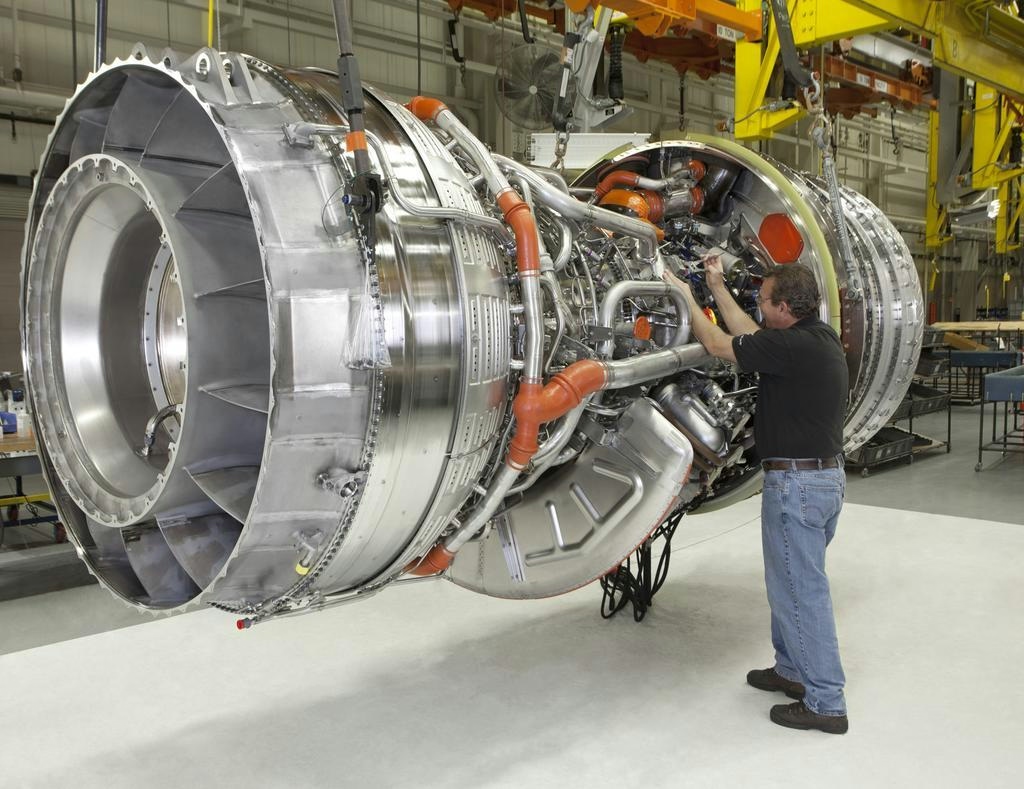
Explained: How GE Became a Jet Engine Manufacturer

Aviation Capital Group Delivers Boeing 737 MAX 8 to LOT Polish Airlines
